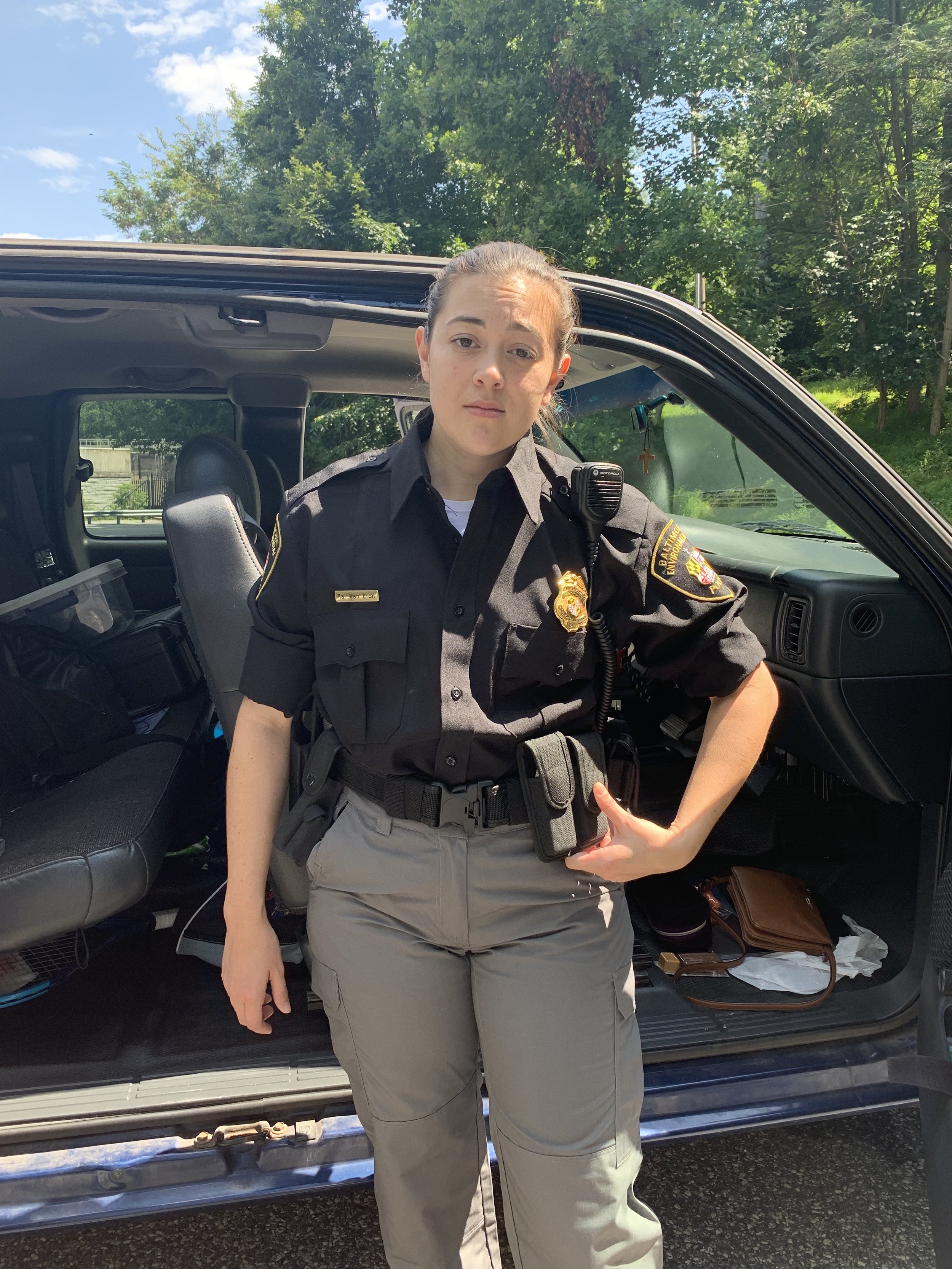
Alexis dons her uniform for the first time

the director, cinematographer, sound man and grip for this is location seen here in his sweatiest..

We chose the hottest day to hike one mile with all this equipment you don't see

Lance's method acting his sweat
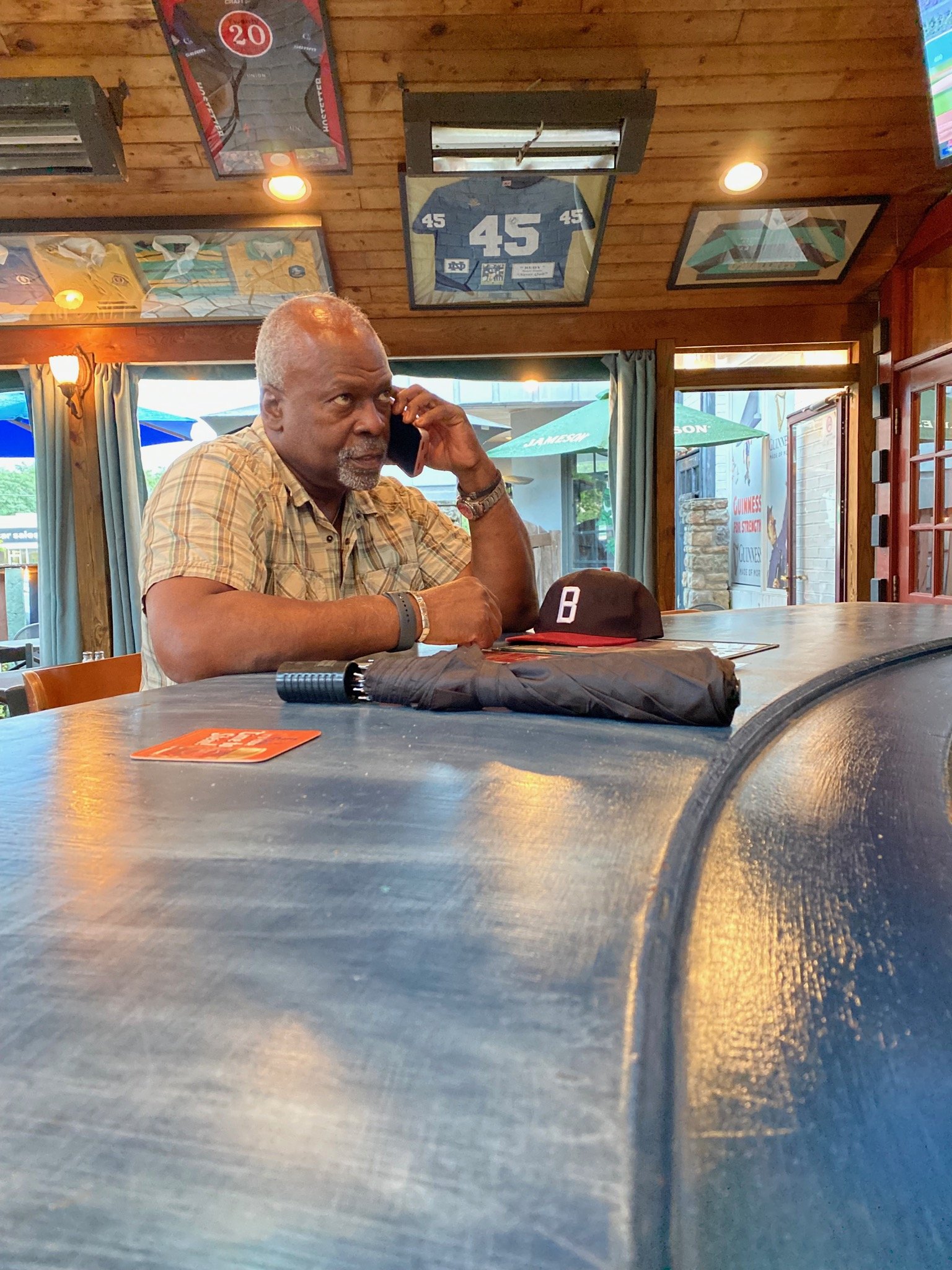
Kim firing his agent for accepting another one of our films.

Celebrating Kim's wrapped at Ocean Pride

Alexis waiting for the camera to roll

Swinging/floating by to pick up Alexis under the Dulaney Valley Rd Bridge for the boating scenes

Dan Franko and Alexis ready to chase across the Reservioir
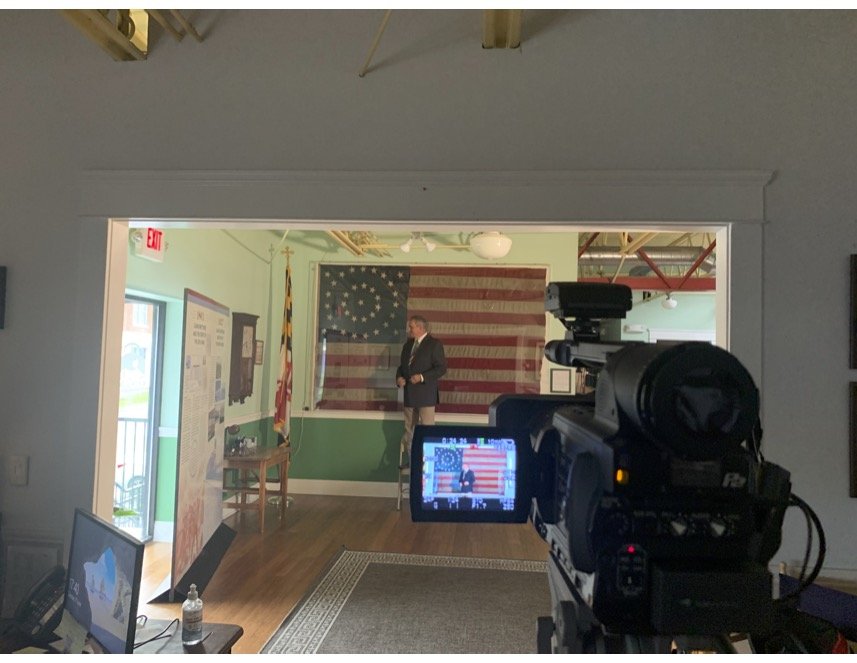
Filming of the vexillogist at Loane Bros Offices

Adam is tall just not that tall
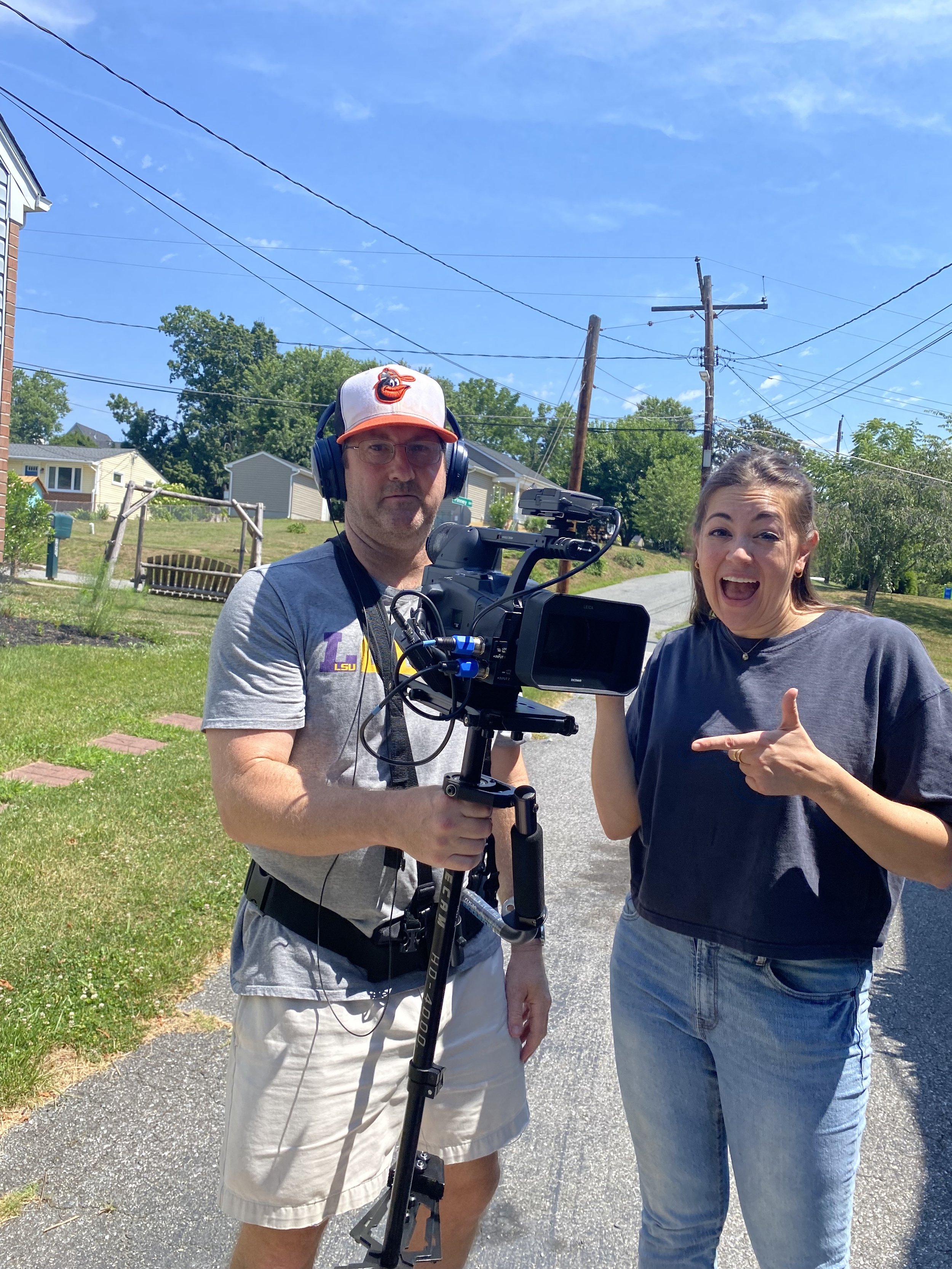
Last shot of the film in 106 degrees
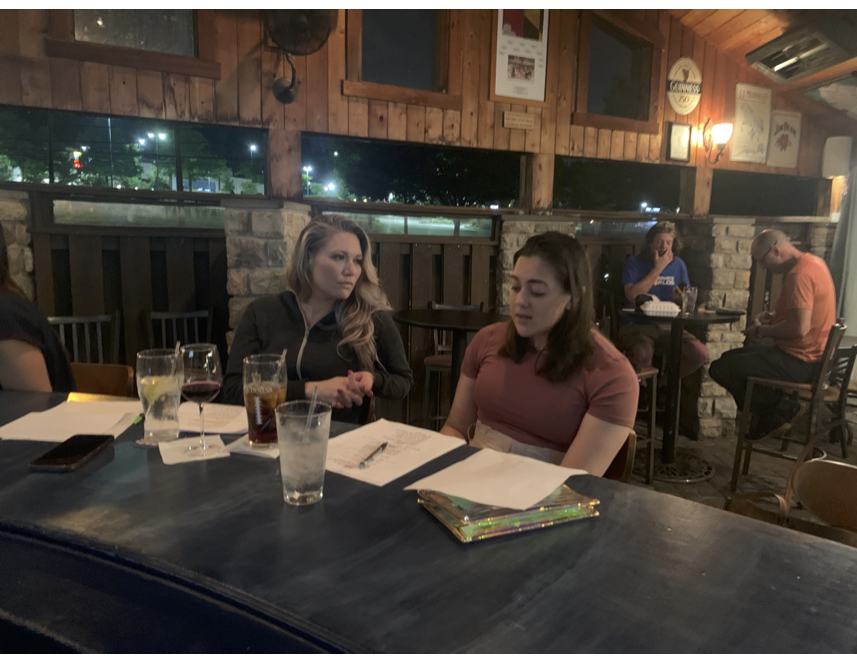
Marisa and Alexis rehearsing at the Stil

Dinner with the ladies scene shot at the Stil

Vanja post stand up with her new friends

Alexis' polaroid post Vanja Stand Up

Katherine and Amie after eating birthday cake

The Birthday scene

Post cake Birthday party

Bar is closed as we work on this dead body
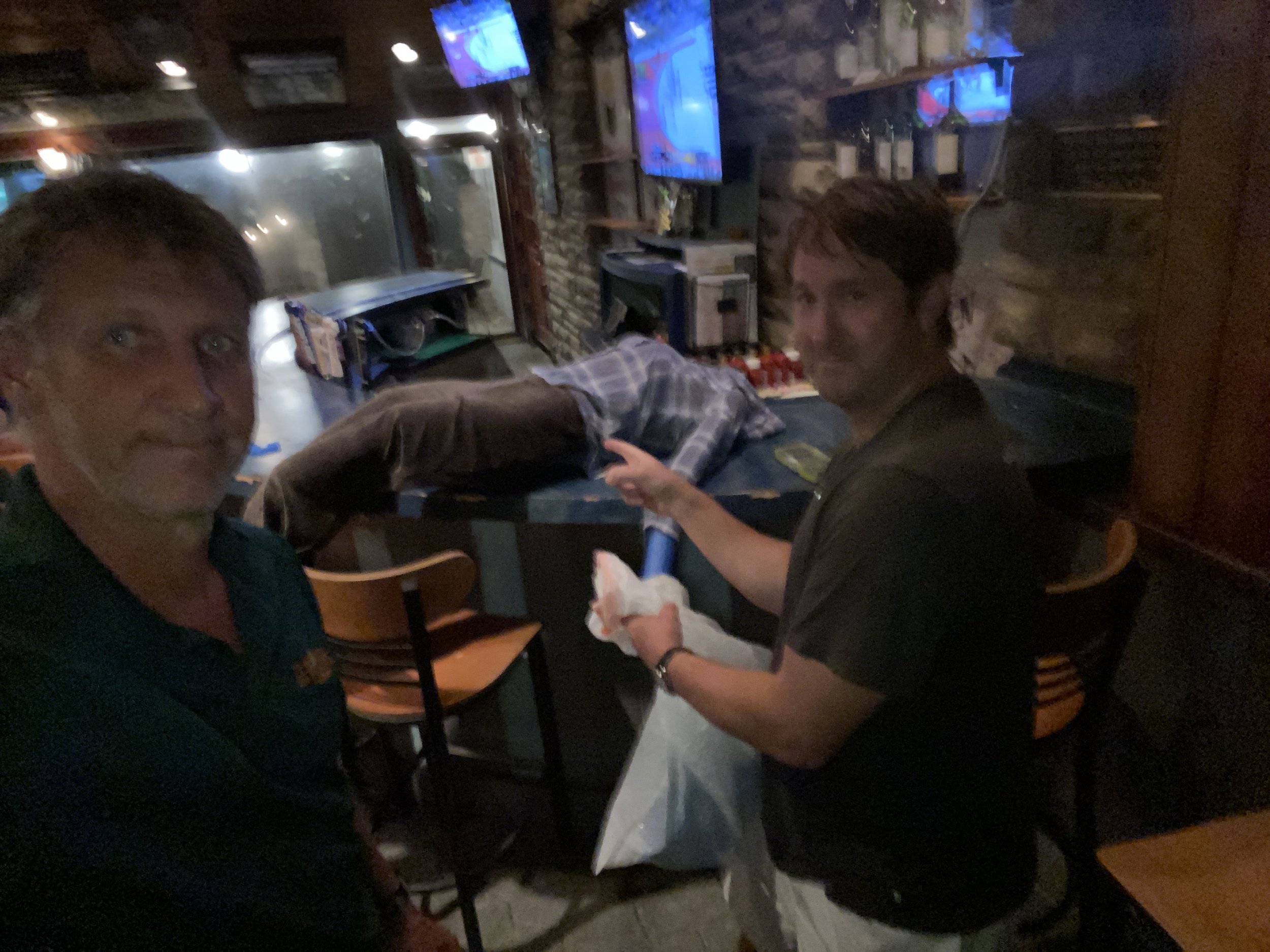
Nothing to see here...
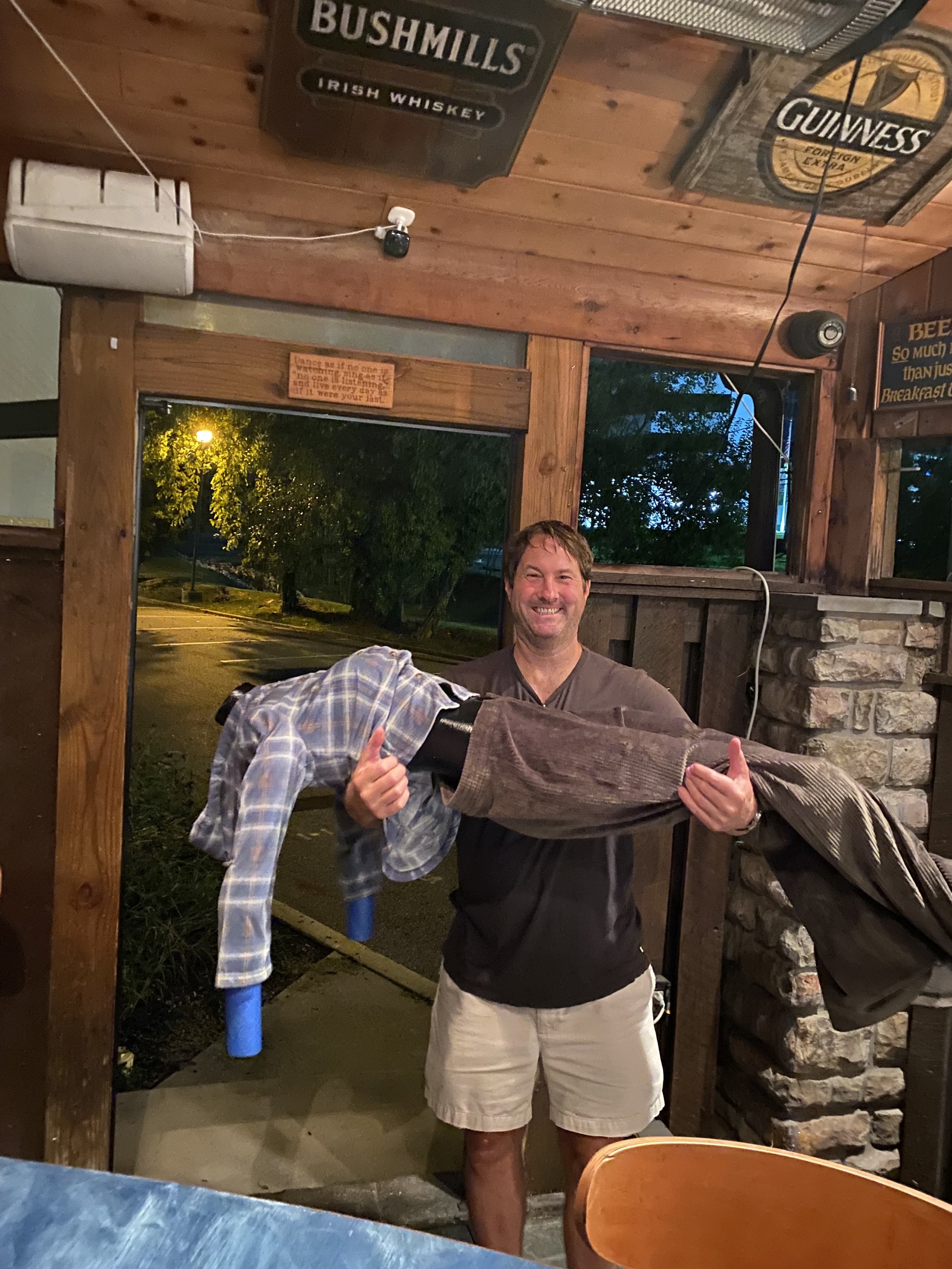
Carrying her over the threshold
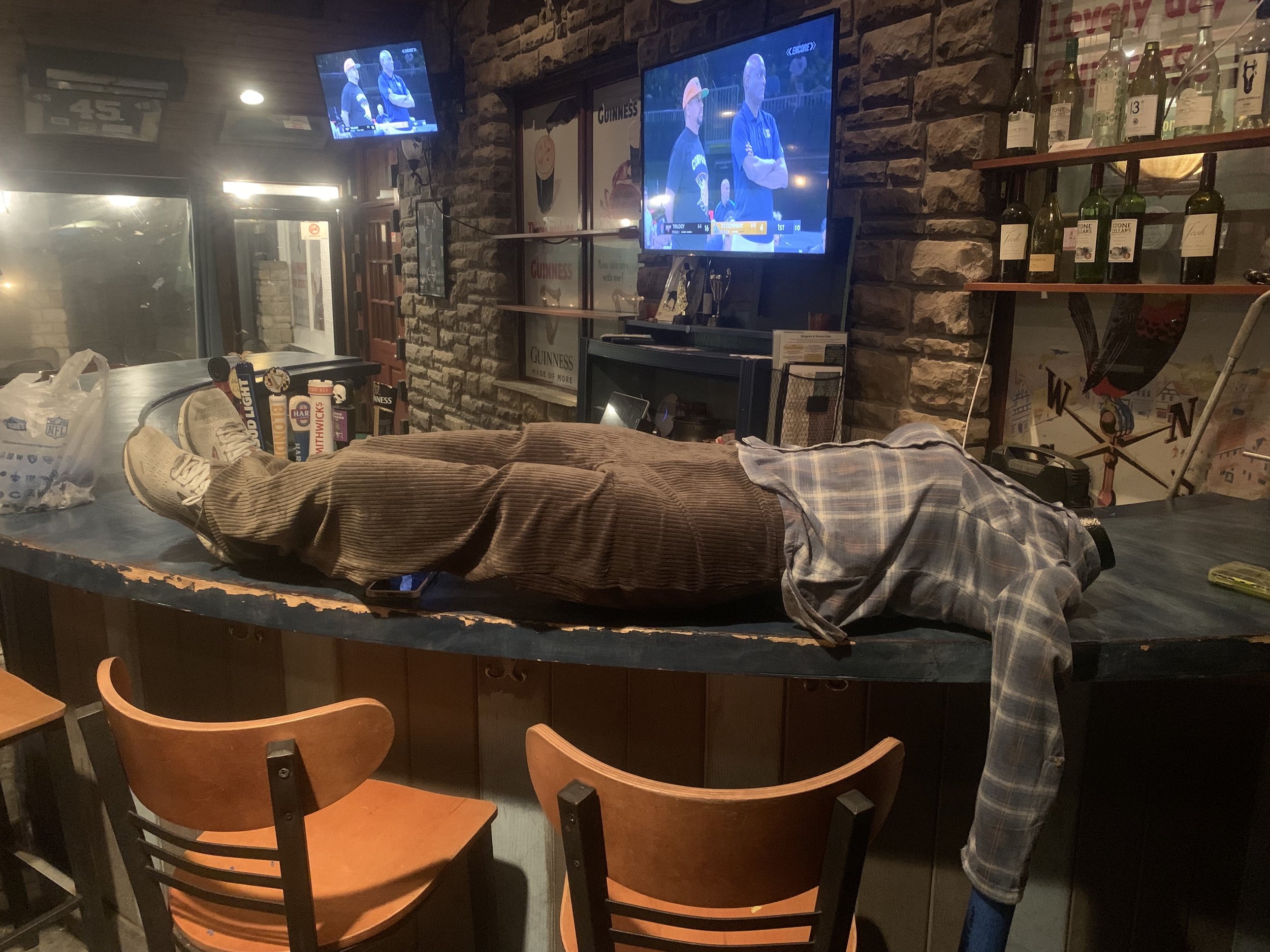
Headless corpse almost ready for her close up

Tikbalang is a creature of Philippine folklore said to lurk in the mountains and rain forests of the Philippines. They scare travelers, lead them astray and play tricks on them such as making them return to an arbitrary path no matter how far they go or turn. This is counteracted by wearing one's shirt inside out.
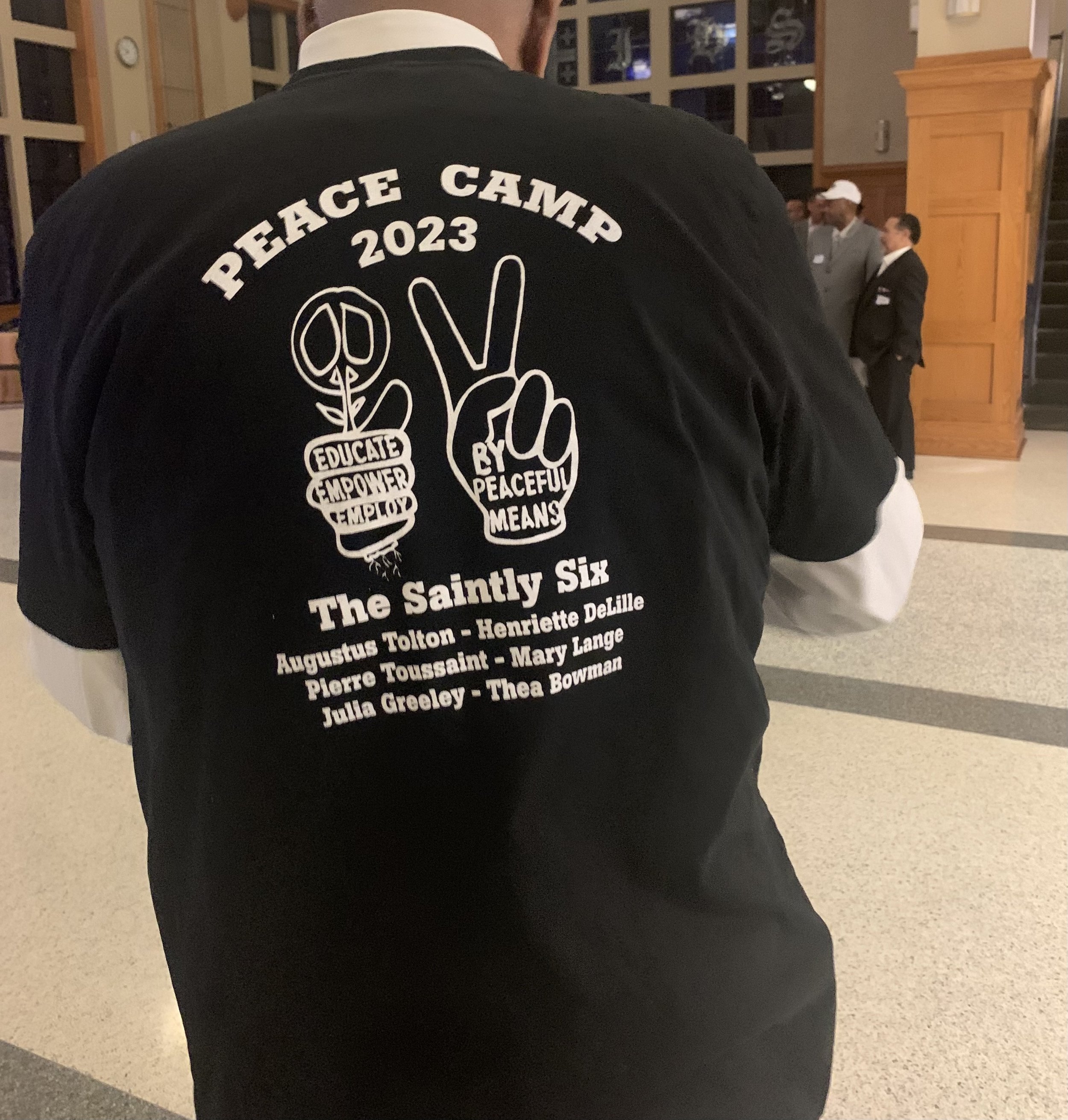
The Saintly Six
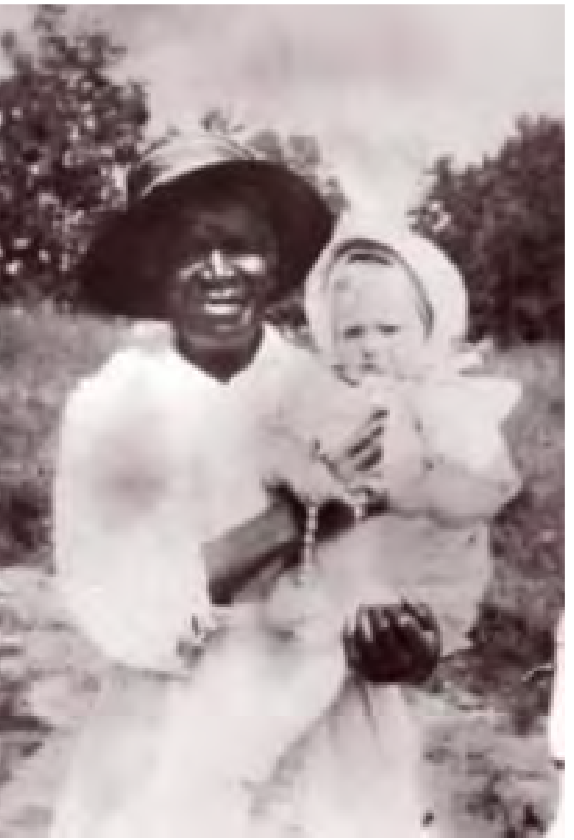
Julia Greeley "Denver's Angel of Charity" joined the Third Order of St. Francis and remained faithful to its way of life until her death in 1918, Her sanctity and acts of loving service enabled her to bridge the gap between Denver’s separate communities of rich and poor and Black and White.

Sister Mary Theresa (Henriette Delille) resisted the life of comfort her mother had planned for her. Over time her desire to care for and educate the poor only deepened. In 1837 she and eight other Black women founded the Sisters of the Presentation, to care for the sick and the elderly, to assist the poor, and to teach free and enslaved Black children and adults. . In 1842, the order changed its name to Sisters of the Holy Family. They welcomed older women into their home, caring for them through serious illness and death, especially during the yellow fever epidemic.
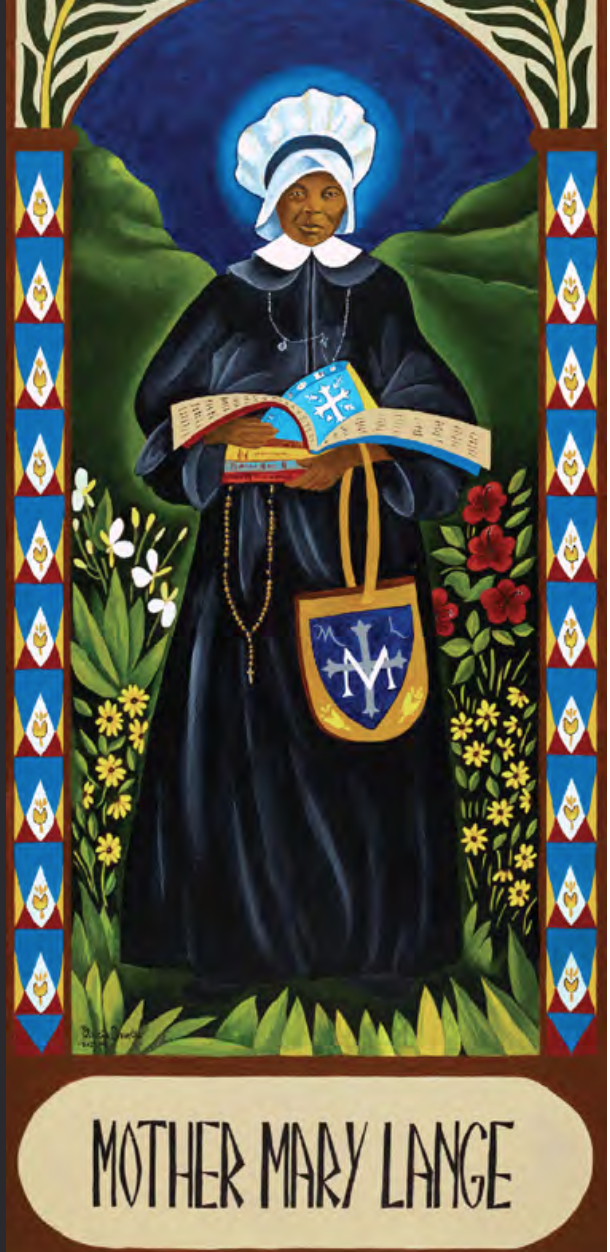
Mary Elizabeth Lange born in Haiti in 1789. She helped est. the Oblate Sisters of Providence . On July 2, 1829, she became the first superior of the Oblate Sisters of Providence and took the name Mary.

Committed to asserting a Black way of being Catholic, Sr. Thea consistently advocated for inclusion within liturgies of Black spiritual traditions, emphasizing family, community, celebration and remembrance, She also deftly navigated the blatant racism, segregation, inequality and fierce civil right struggles that were ubiquitous for a daughter of the Deep South without compromising her identity as a Black Catholic woman religious
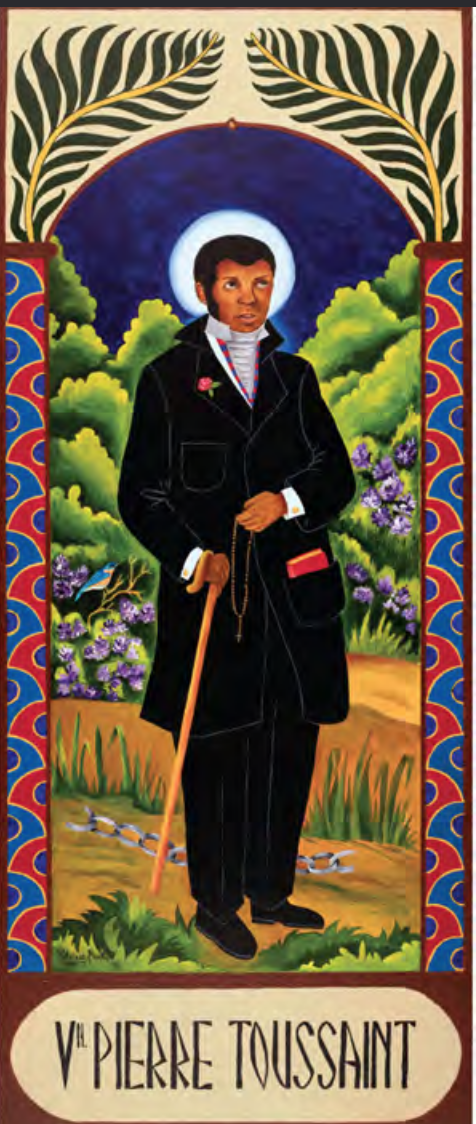
Pierre Toussaint, was a very successful hairdresser/barber n NYC and was an integral fundraiser for the construction of old St. Patrick’s Cathedral in Manhattan. He had single-handedly raised the money to build the Cathedral, but as a black man he could not attend the opening ceremony. But God smiled upon him because is the only layperson honored with burial in its crypt.
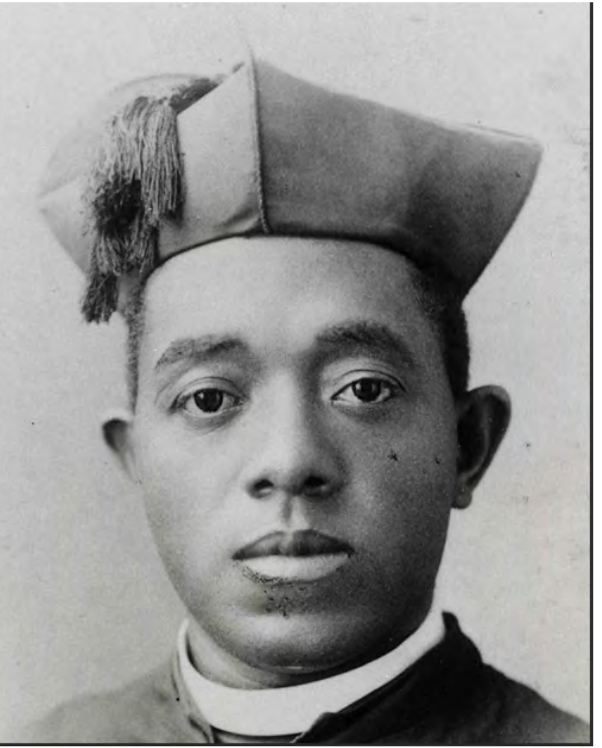
After ordination, Fr. Augustus Tolton was installed as pastor at Quincy’s Negro Church of St. Joseph. He was such an effective pastor that many white Catholics attended services. Despite widespread poverty in the Black community, he was able to assist many. In 1889 he was assigned to a Black parish in Chicago that was housed in the basement of a white parish. For eight years, until his death in 1896 at 42, he toiled mightily to raise funds to build a parish church and to assist his impoverished parishioners. In addition to conducting Church services, he tirelessly organized religious education for adults as well as children.

At 2 a.m. on May 15, 1983, 22 year old Catherine Marie Britt and Jim Rhodes, 23, were parked on Poplar Hill Road near Merrymans Mill Road in the Loch Raven Reservoir watershed area in Cockeysville. An unknown male suspect fired several shots from a .25 through one of the vehicle’s windows, striking both Catherine and Jim. Both transported to local hospitals where Catherine was ultimately pronounced dead. . Although critically injured Jim survived the shooting and was able to give this composite sketch of the suspect. Anyone with information regarding this case may be eligible for a cash reward of up to $2,000.

A similar incident occurred on April 16, 1983, also in the Loch Raven Reservoir watershed area. Ronald Quinley, 27, and Jill Mallison, 23, were seated in a vehicle parked off Phoenix Rd, when an unknown suspect opened their door and began shooting a .25. Fortunately, both survived this incident.
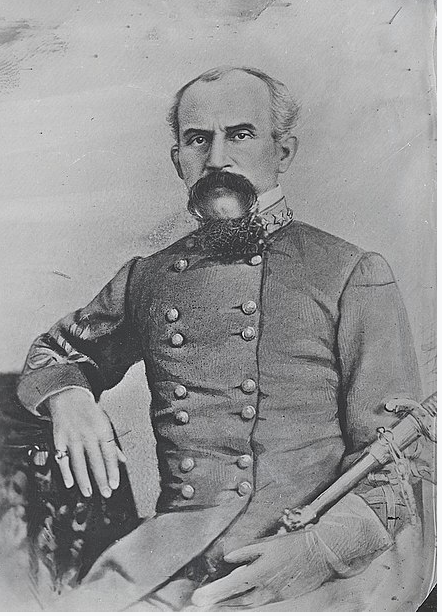
Gen. Isaac Ridgeway Trimble was a Confederate General whose house RAVENHURST stood on the eastern shore of the Loch Raven.
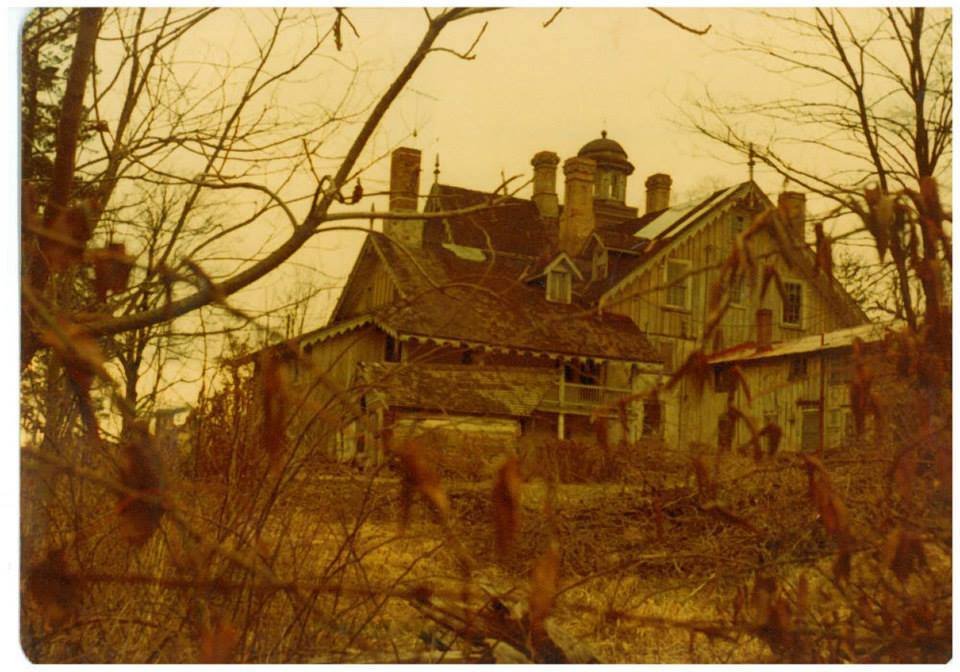
RAVENHURST before it mysteriously burned down

Harry Gilmor, owner of the Glen Ellen, was arrested and imprisoned in Fort McHenry following the "Pratt Street Riots" of April 19th, 1861. Upon his release, he traveled South and eventually rejoined the fighting serving, for a while, under General Turner Ashby. He was again captured during the Maryland Campaign and spent five months in prison.

Glen Ellen has it stood before it's final sale and subsequent demolition to make way for the Loch Raven Reservior
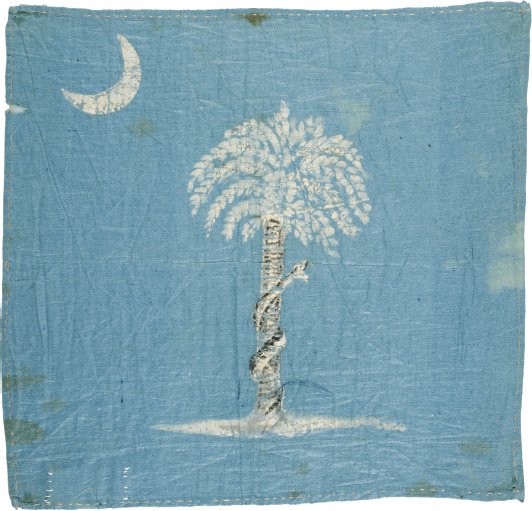
An example of the Confederate Palmetto Flag flown during the battle against Ft. Sumter. The snake image first referenced by Benjamin Franklin in 1754 to call to mind the ancient legend that held that if a snake was cut into sections, it would return to life if joined back together before the sun went down. Franklin meant to inspire the squabbling colonies to make themselves stronger through national unity

The little known original flag for the State of Maryland from 1776 until March 9, 1904 or at least the one referred to by witnesses in 1861

In 1864, James Lott Ridgely (above) lost to Richard Grason for a seat on the bench of the Baltimore County Circuit Court by less than 100 votes. In January 1865, Ridgely challenged Grason's eligibility because of his southern sympathies and military action in April 1861. The dispute went before the House of Delegates' Committee on Elections. Testimony given in February showed that Grason served as a Lieutenant in the Baltimore County Horse Guards, a group that included John Merryman & Harry Gilmor. Witnesses testified that the guards were armed and destroyed railroad bridges in Baltimore as well incidences in Towson which were highlighted in the film. The committee ruled that under the provisions Richard Grason was disqualified from holding the office to which he had been elected.